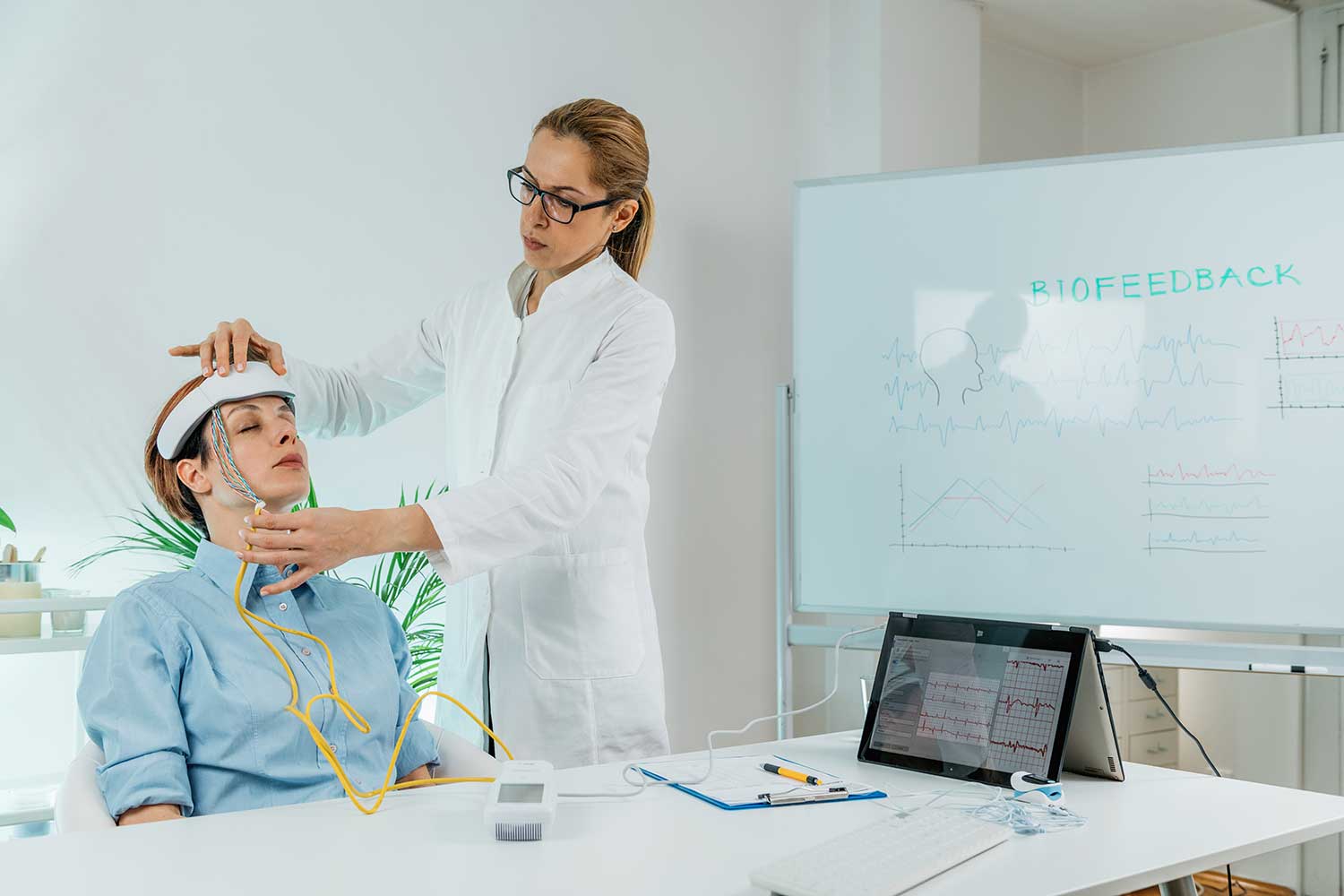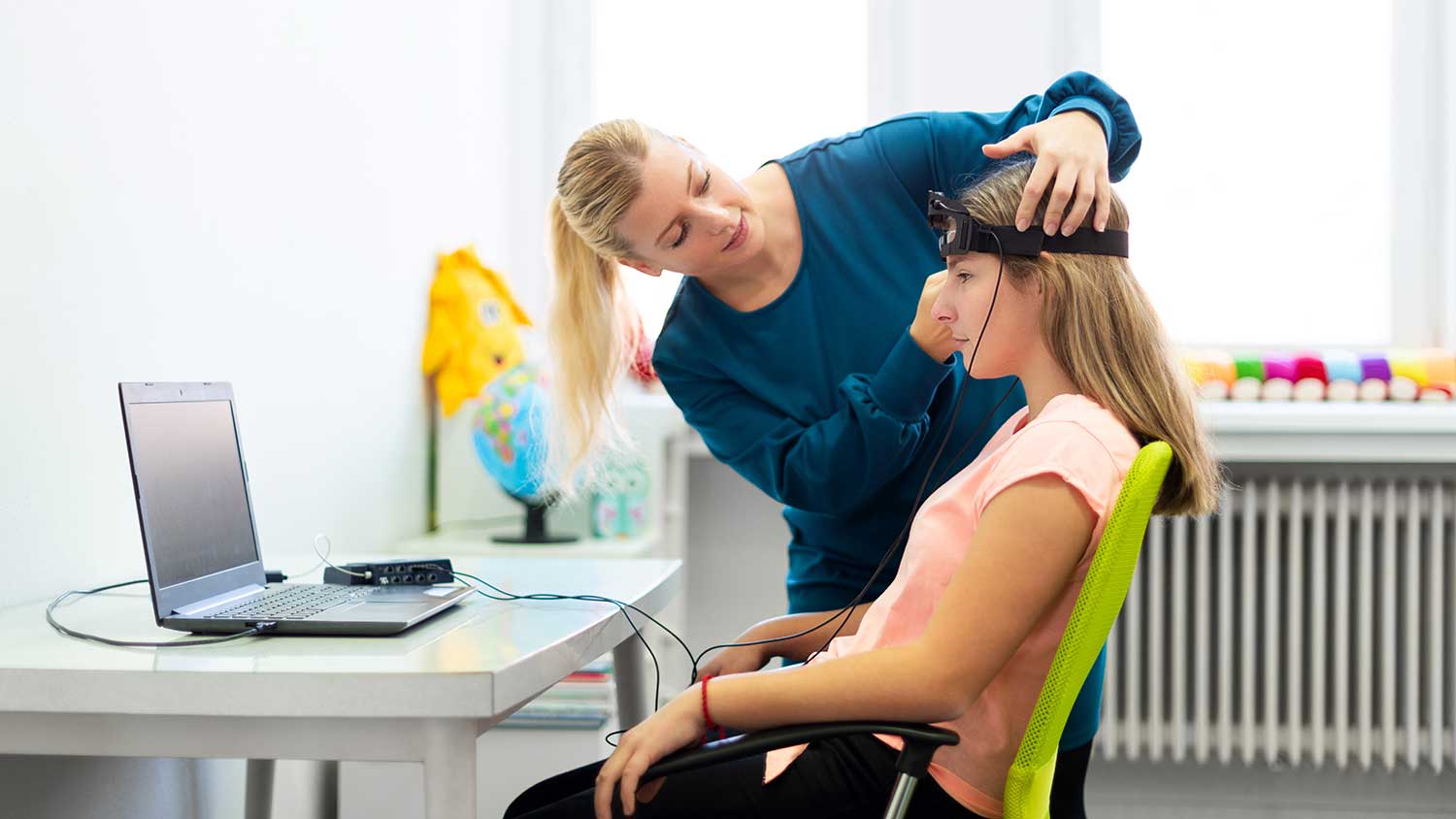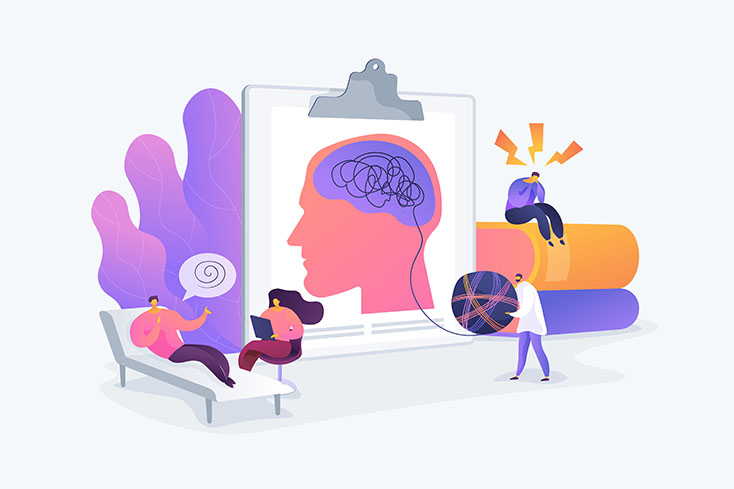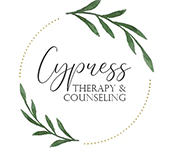
IASIS Neurofeedback Therapy That Retrains Your Brain
Gentle Brain Training Technology for Better Mental Health
IASIS neurofeedback therapy uses gentle micro-currents to help your brain work better. This non-invasive treatment reduces anxiety, depression, PTSD, and brain fog without medication. Our trained specialists provide this cutting-edge technology as part of our comprehensive types of therapy options.
How IASIS Neurofeedback Works
IASIS neurofeedback helps your brain reset itself naturally. This gentle technology uses tiny electrical signals that are much smaller than what your brain already produces. These micro-currents help stuck brain patterns become more flexible and healthy.
During treatment, small sensors are placed on your scalp. You relax while the IASIS system monitors your brain activity. The system sends very gentle feedback to help your brain self-correct. Most people find the sessions very relaxing and peaceful.
Your brain learns to function better through this gentle training process. Many people notice improvements in mood, sleep, focus, and overall well-being. The effects often continue to improve even after treatment ends.

What IASIS Neurofeedback Treats
IASIS neurofeedback helps with many mental health and brain-related issues. It’s particularly effective for anxiety, depression, PTSD, and trauma. Many people also see improvements in sleep problems, attention issues, and emotional regulation.
This technology works well for people with ADHD, autism spectrum disorders, and learning difficulties. It can help reduce brain fog and improve mental clarity. Athletes and performers often use it to enhance focus and performance.
What to Expect During IASIS Sessions
Your first IASIS session will include an assessment of your symptoms and goals. Your therapist will explain how the technology works and answer your questions. You’ll learn what to expect during and after treatment.
During sessions, you’ll sit comfortably while small sensors are placed on your head. The sensors don’t hurt, and most people barely feel them. You can read, listen to music, or relax during the 20–30 minute session.
Many people feel relaxed and calm during IASIS sessions. Some notice improvements right away, while others see gradual changes over several sessions. Your therapist will track your progress and adjust treatment if needed.

Why IASIS Clients Choose Us Again and Again
We’re one of the few practices in Cypress offering this advanced brain training technology. Our trained specialists combine IASIS with other therapies for complete healing. Learn more about our company and our innovative treatment approaches.
Advanced Technology
Trained Specialists
Non-Invasive Treatment
Holistic Integration
Proven Results
What Our Clients Say
Our clients often share how IASIS neurofeedback changed their lives. They sleep better, feel less anxious, and think more clearly. Read more client reviews to see how IASIS has helped people just like you.
FAQs
What is IASIS neurofeedback therapy?
How does IASIS work?
Is IASIS neurofeedback safe?
What does IASIS feel like?
What does IASIS feel like?
What conditions does IASIS help with?
Can children do IASIS neurofeedback?
Will I need to stop my medications?
Can I combine IASIS with other therapies?
Yes! We often combine IASIS with EMDR therapy, individual counseling, or other treatments for better results.
How quickly will I see results?
Your Trusted Texas Mental Health Partner
Get caring, results-driven care from a team that puts your well-being first. We serve individuals and families across Texas with mental health services. Are you seeking brain training, anxiety relief, or innovative therapy approaches? Our licensed therapists help clients in Cypress, Tomball, and Houston access the advanced care they deserve. Find therapy that meets you where you are.
Stay Informed with Our Blog
Mental health isn’t one-size-fits-all. Neither is the support you need. Our blog shares tips, tools, and resources on therapy. It covers brain health, innovative treatments, and mental wellness strategies. These help you grow beyond the session.

Social Media and Mental Health

7 Behaviors for Improving Mental Health




